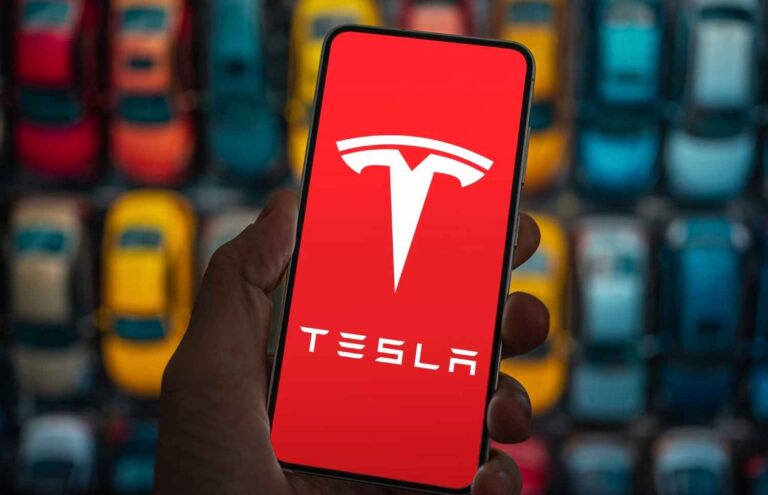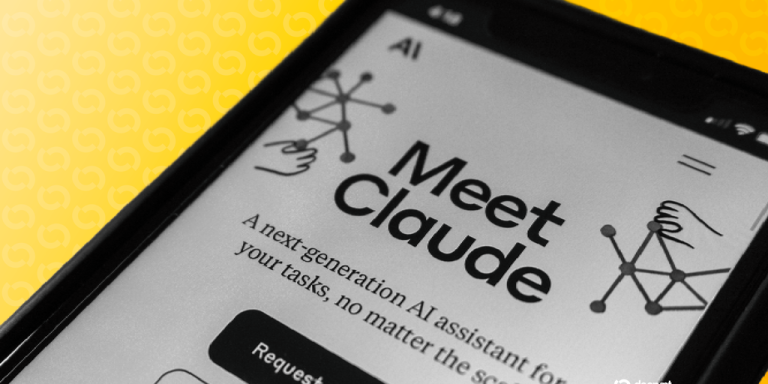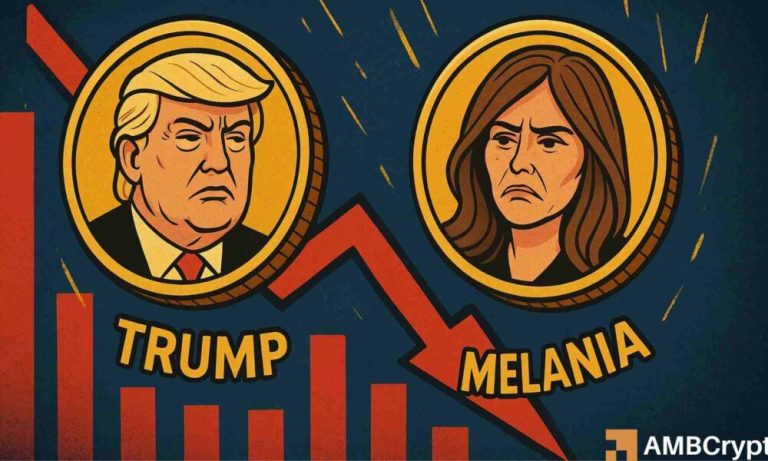
Smart Homes and Smart Living: The Technological Transformation of European Homes by 2025
Smart Homes and Smart Living is the future of European homes, and it’s transforming the way people live, making their lives easier, more convenient, and sustainable. The integration of smart technology in homes is on the rise, and by 2025, European homes will be equipped with cutting-edge technology, revolutionizing the concept of smart living.
Introduction to Smart Homes
A smart home is a residence that has been equipped with advanced technology to provide the inhabitants with a more convenient, comfortable, and sustainable living experience. Smart homes are designed to make life easier, safer, and more enjoyable, using devices and systems that can be controlled remotely or automatically.
Technological Advancements in Smart Homes
Some of the key technological advancements in smart homes include:
- Artificial Intelligence (AI): AI-powered devices can learn the habits and preferences of the inhabitants and adjust the settings accordingly.
- Internet of Things (IoT): IoT devices can communicate with each other and with the inhabitants, providing a seamless and integrated experience.
- Energy Efficiency: Smart homes can optimize energy consumption, reducing waste and saving money.
- Home Automation: Smart homes can be controlled remotely, using voice commands or mobile apps.
Benefits of Smart Homes
The benefits of smart homes are numerous, including:
- Increased Convenience: Smart homes can automate routine tasks, freeing up time for more important things.
- Improved Safety: Smart homes can detect potential hazards, such as fires or floods, and alert the inhabitants.
- Enhanced Comfort: Smart homes can adjust the temperature, lighting, and entertainment systems to create a perfect ambiance.
- Reduced Energy Consumption: Smart homes can optimize energy consumption, reducing waste and saving money.
European Homes in 2025
By 2025, European homes will be equipped with cutting-edge technology, revolutionizing the concept of smart living. Some of the key trends that will shape the future of European homes include:
- Increased Adoption of Smart Speakers: Smart speakers will become a standard feature in European homes, providing voice control and smart home automation.
- Growing Demand for Energy Efficiency: European homes will prioritize energy efficiency, using smart devices and systems to reduce waste and save money.
- Rise of Autonomous Systems: Autonomous systems will become more prevalent in European homes, providing automated control and optimization of various systems.
Conclusion
The technological transformation of European homes is underway, and by 2025, smart homes will become the norm. With the integration of cutting-edge technology, European homes will become more convenient, comfortable, and sustainable, providing a better quality of life for their inhabitants.






